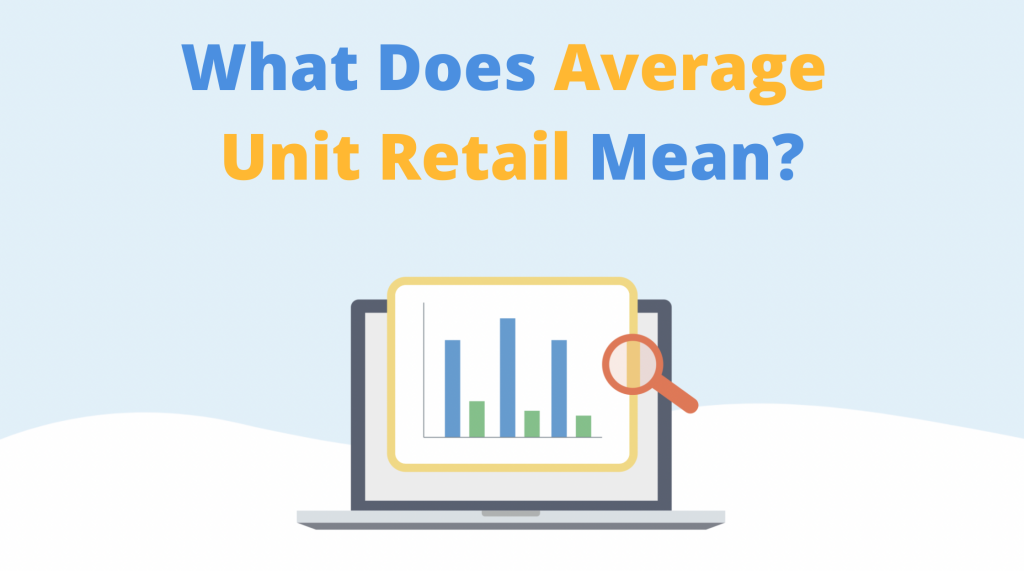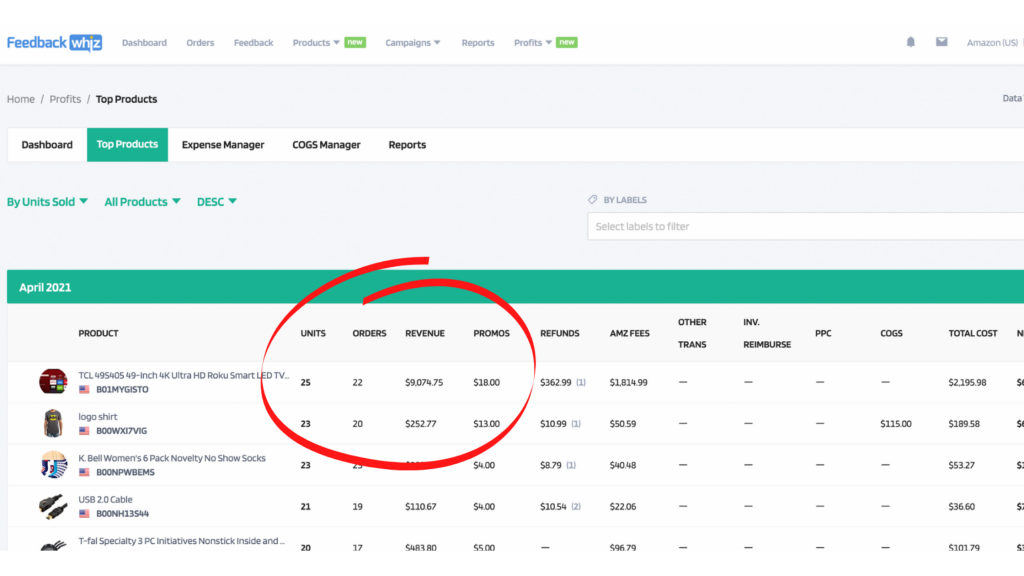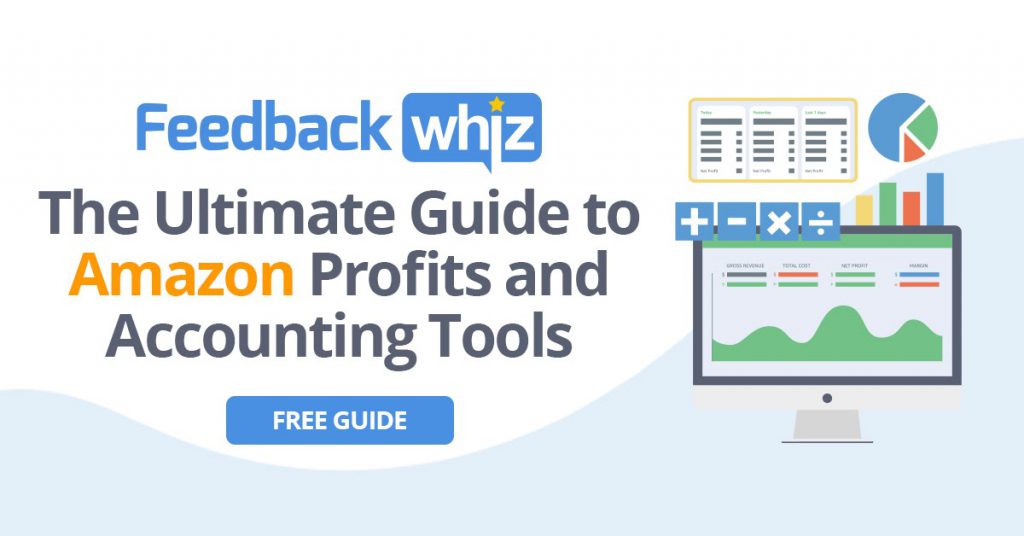
You may have heard the term ‘Average Unit Retail’ when reading about different metrics or insights to help you scale your eCommerce store. But what does AUR mean and why is it so important?
Today, we’re going to dive into the term, what it means, why it is important, how to calculate Average Unit Retail, and some common use cases that can help you scale your business.
What is Average Unit Retail (AUR)?
Average Unit Retail, or AUR, is the average selling price of an item. It is typically used to compare sales of that item to other product categories. As Matt Ellsworth notes, “AUR is a key metric used in retail today, alongside other important data points such as market share, average order value and units per transaction.”
Why is Average Unit Retail Important?
AUR helps you assess whether your prices are too high or too low. Say you increase the AUR for an item, but over the next three months your total revenue for that item remains flat, or even drops a bit. That’s an indication that shoppers are buying in less quantities or buying from your competitors with lower AUR, meaning your pricing may be too high.
Conversely, your prices may be too low compared to competitor AURs. Wait, wouldn’t that be a good thing? Well, it’s not necessarily a bad thing. However, if your product costs are high so that your margins are thin, it might make sense to raise your AUR if you can still remain below competitor AURs.
View this post on Instagram
How to Calculate Average Unit Retail
To calculate AUR, simply divide your total revenue in dollars (net sales) by the number of units sold.
It’s probably easiest to show an example of how you will calculate your AUR.
In the below image, we can see total revenue for the item at the top is $9074.75 and 22 units sold. So, our AUR is $412.49 for our top selling product.

Which tells you what exactly? Well, nothing exactly, unless you look at other metrics.
How the AUR Metric Can Help Scale Your Business
Some tips and best practices on using this metric can help you scale your eCommerce business. These include:
- Identify trends. What was your AUR over the last three months compared to this month? If you see a trending decline, perhaps it is time to run a discount promotion to boost sales. Or, over a six-month or 12-month period you might find that the AUR is highest during certain months, something you’d want to take into account for your inventory strategy.
- Compare with your other products. How does the AUR for one product compare to the AURs for other products in your inventory? This can give you an idea if it’s time to prune your inventory. As pointed out in 6 Easy Ways for Seller to Identify Product Trends in 2021, “Understanding what is working and what isn’t on products that are already in your store can help you to decide what courses of action to take including building around the things you are having success with and improving on the things that you aren’t.
- Compare with other KPIs. You should be looking at Key Performance Indicators (KPIs), such as profits and conversions. If your product AURs seem pretty good, but you aren’t making a profit, something is definitely wrong. Could be you have too much inventory, or you are paying suppliers too much, or you are selling too many products at a loss in an attempt to get market share. AUR and other KPIs in and of themselves don’t give you answers to how your business is doing, but can point you where to find them.
So we can see that AUR is a valuable metric, particularly when viewed in the context of other relevant KPIs. The insights into correct pricing not only tell you how your business is doing, but whether you have a solid foundation to effectively scale your business. The key here is to be sure you’re calculating AUR properly.
An efficient Profits & Accounting tool can easily calculate your AUR. Learn more in the above video.
Miscalculating AUR
Miscalculating AUR is one good example of how a metric can lead you wrong, especially if you don’t completely understand exactly what it is supposed to represent. This is where you might think you are making more money on a product that you actually are.
The training and advisory service for Walmart suppliers, 8th and Walton, points out a common error in calculating AUR is including on-hand inventory. “A shirt in your existing inventory may be priced at $30, but the actual sale could be discounted, affecting the AUR. Ensure your AUR calculation is using the Net Sales after markdowns divided by your total units sold.”
Easily Calculate Your AUR With an Efficient Profits and Accounting Tool
What AUR and other KPIs all boil down to is helping you determine where you are making profits, and where you are not. Calculating net profit can be a difficult and messy process without the right tools. FeedbackWhiz’s Profits and Accounting Tool helps you identify what parts of your business are making you money and which parts need more attention to make profitable. You can measure the performance of all your Amazon product listings quickly, easily, and intuitively.
The Profits and Accounting Tool is one part of a suite of Amazon seller management software products offered by FeedbackWhiz. These include email automation, order management, feedback management, and sophisticated data analytics in addition to profits and accounting tracking.
Interested in learning more? Sign up for a free 30-day trial.
*Editor’s Note: This article on Average Unit Retail was updated on May 27, 2021. It was originally published April 26, 2021.


0 Comments